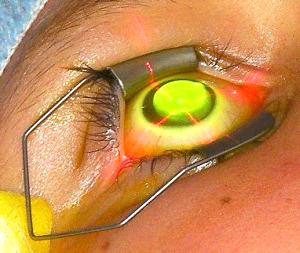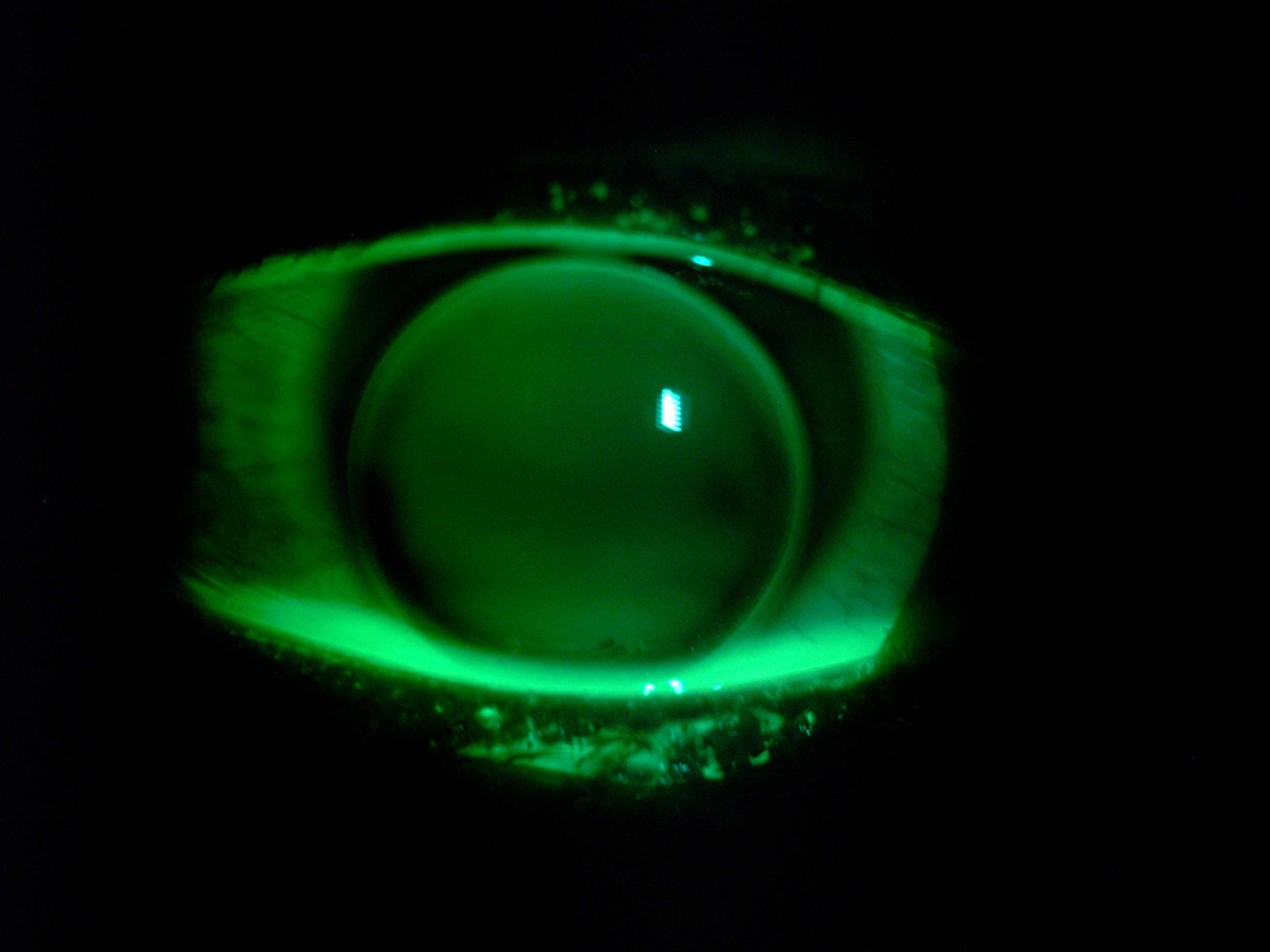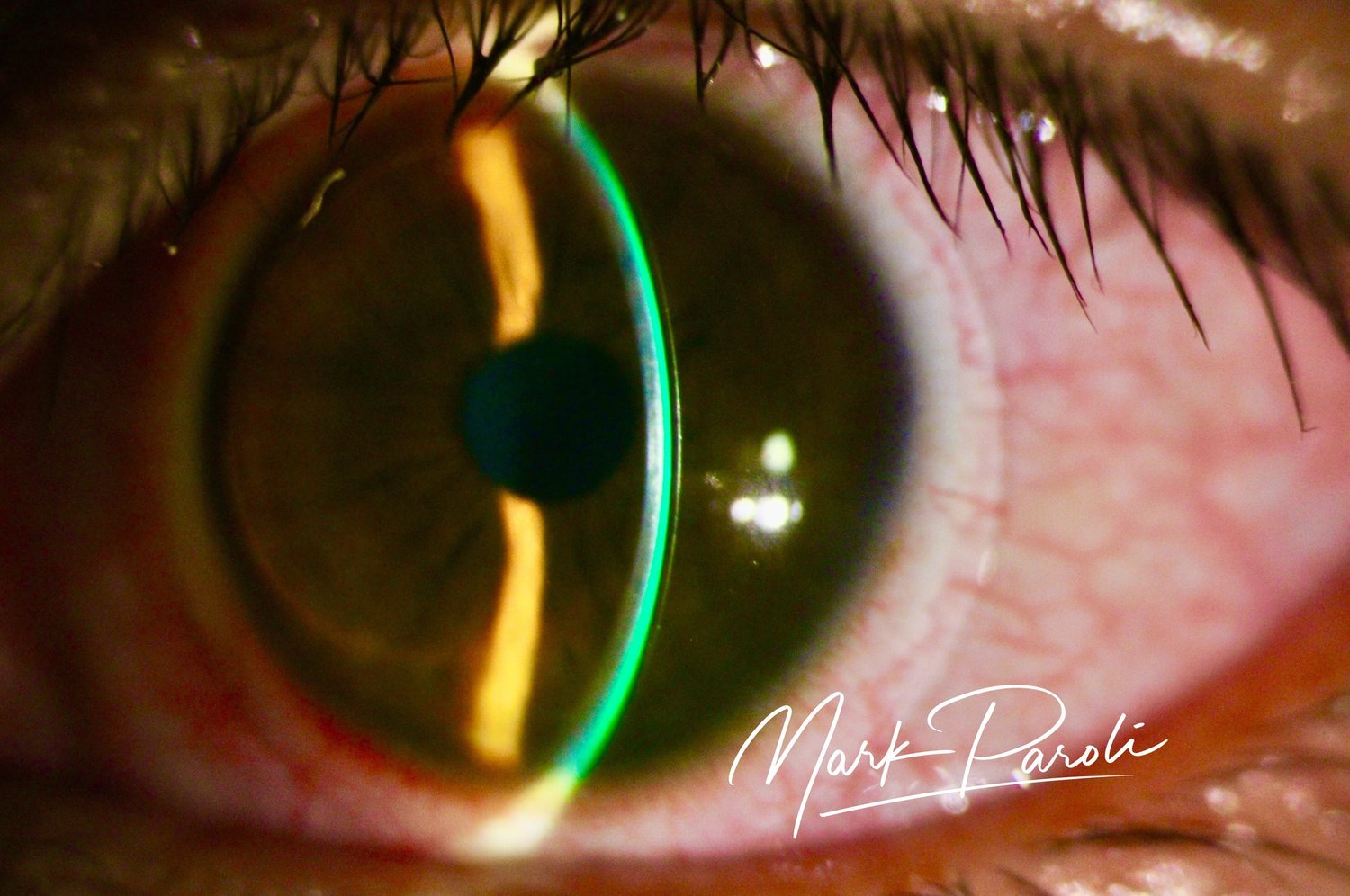
Screen Time and Children’s Myopia: How Digital Devices Affect Young Eyes – Pampanga
Learn how screen time and near work influence children’s myopia and the daily habits that help slow progression. Serving families in Pampanga. Book a myopia assessment with Dr. Mark Paroli

Corneal Crosslinking Explained: A Guide to Strengthening Your Vision
Corneal crosslinking is a breakthrough procedure that strengthens the cornea by using UV light and riboflavin drops, halting the progression of conditions like keratoconus. This minimally invasive treatment offers a promising solution to stabilize vision effectively.

Understanding Keratoconus
Keratoconus is a progressive eye condition where the cornea thins and takes on a cone shape, leading to blurred or distorted vision. It often starts in the teens or early 20s and can worsen over time. While the exact cause isn’t clear, genetics, frequent eye rubbing, and certain health conditions may play a role. Early stages can be managed with glasses or contact lenses, but advanced cases may require specialized lenses, corneal cross-linking, or even a corneal transplant to improve or stabilize vision. Early diagnosis and treatment are key to preserving vision.

5 benefits of scleral lenses
Scleral lenses provide a stable fit and superior comfort by forming a tear-filled vault over the cornea, ideal for those with dry eye conditions and irregular corneas such as keratoconus. Their large diameter and high oxygen permeability ensure enhanced corneal health and visual clarity, even correcting complex refractive errors effectively.




